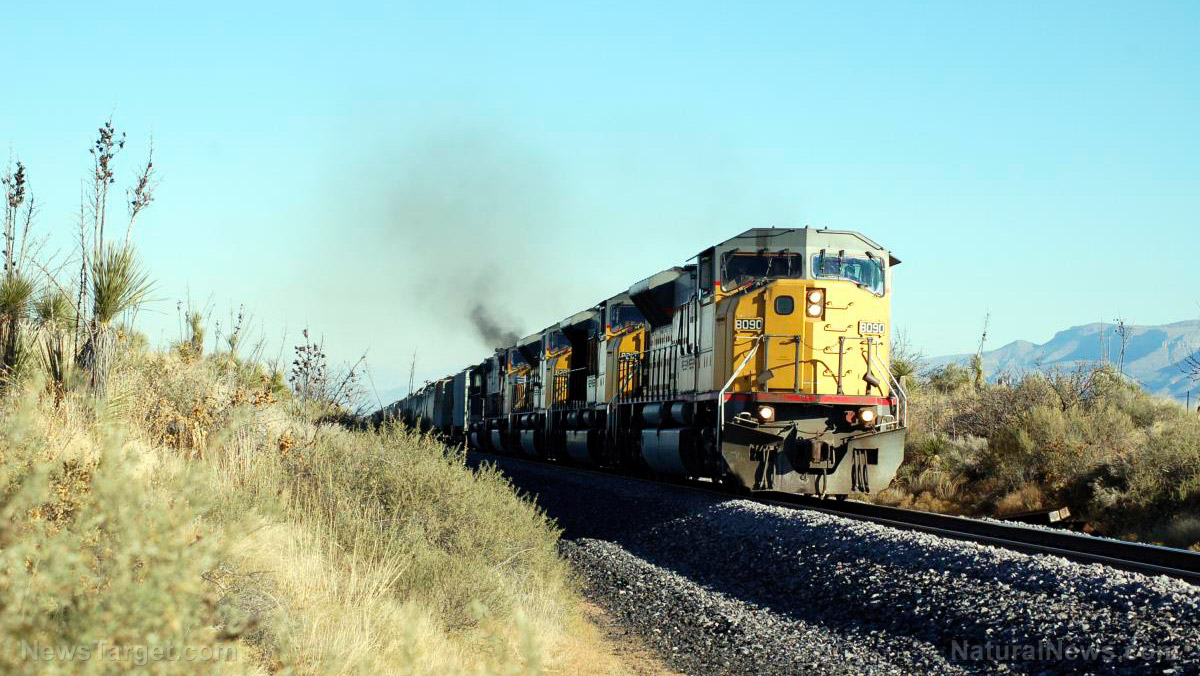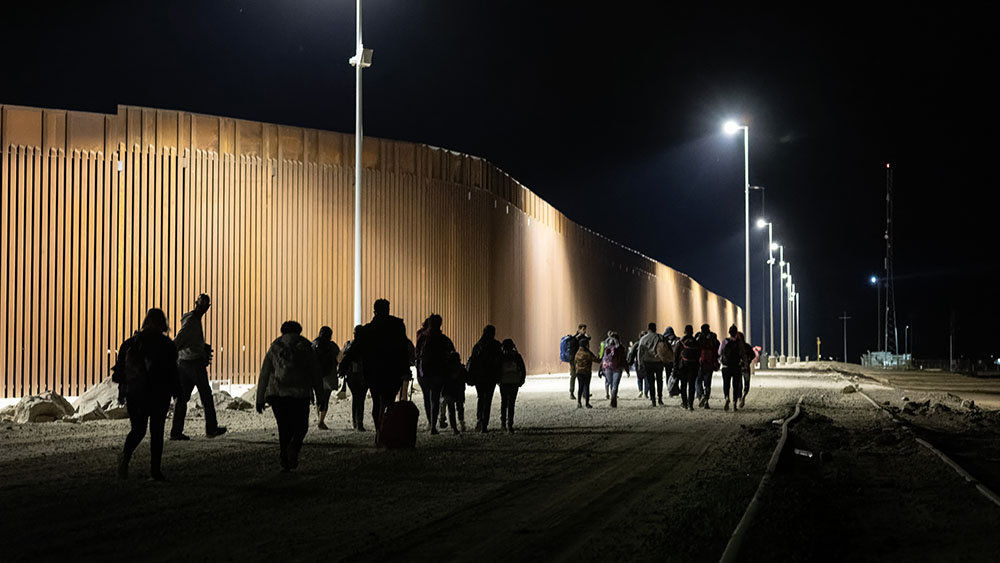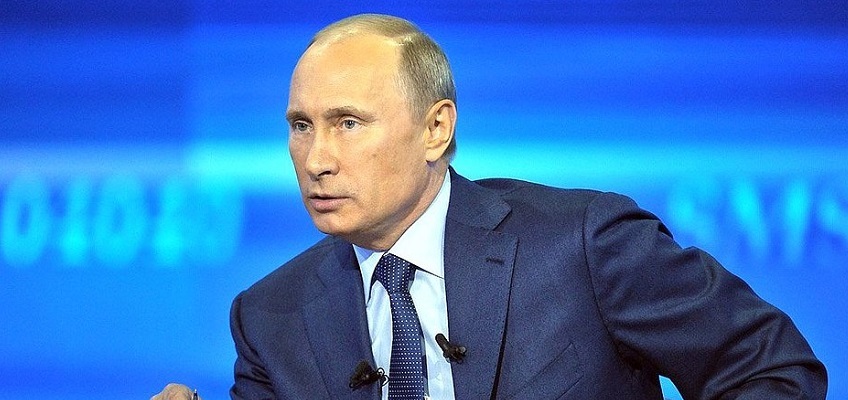
Logistics firms and exporters are reportedly no longer using land routes that pass through Russia and Ukraine due to alleged security risks, and because of Western sanctions.
There is also a concern, we are told, that European customers might boycott goods transported on Russian railways, which is creating quite the conundrum in terms of how to get goods from China into Europe.
More than one million containers that were scheduled to be moved between China and western Europe through Russia are now stalled because of all the chaos. There is talk of trying to move them via a sea route instead.
Kuehne + Nagel International AG, one of Europe's largest freight forwarders, has already begun rejecting rail cargo coming to Europe via China, all because it had to pass through Russia in order to get there.
Customers of Scan Global Logistics are similarly turning to ocean or air freight options instead of rail due to sanctions on both Russia and its ally Belarus. These same customers are also worried about their shipments possibly getting stuck in one of these countries if they continue to transport via rail.
Rail shipments from Shanghai to Europe have dropped by 40 percent
According to reports, some nervous traders in China have halted all orders as they assess the risk of sanctions on their payment settlements and insurance. As of March 17, bookings on the weekly China-Europe train from Shanghai saw a massive 40 percent decline in transport.
"We have been using the middle corridor for the past two years already," said Nils Muller, the rail manager at the Hamburg, Germany, office location of the Danish shipping company DSV Air & Sea Inc.
Some of Muller's clients have already switched to direct sea freight or sea-air freight to avoid using the rail lines out of China.
"But in the end, sea freight rates are much less and the transit time to the main European ports is much faster," he added.
"The middle corridor could be a good option, but they need to invest in new infrastructure and try to avoid the reloading process because they have more than seven or eight reloading processes before arrival in Europe."
One of the problems with switching to sea transport versus rail transport is that it takes twice as long to get goods to their destination via water. On the flip side, sea transport is still the cheapest way to ship goods.
With the supply chain already teetering on the brink of collapse, the delay in arrival via sea transport could spell disaster for many just-in-time industries that rely on goods arriving at their destinations sooner.
There are also continued and prolonged problems with sea transportation networks ever since the Wuhan coronavirus (COVID-19) plandemic began. Port activity has been spotty, as has the labor supply needed to offload goods once they arrive.
"Getting vessel capacity and getting shipping on time to destination has already been a challenge in the past six months," says Glenn Koepke, a general manager at FourKites Inc., a Chicago-based information provider for the logistics industry.
"This is just one more thing that's being added to an already fragile network."
In 2021, railways moved about 1.46 million containers full of goods worth about $75 billion between China and Europe. This accounted for roughly 4 percent of the total trade that occurs between the two regions on an annual basis.
As the world economy collapses amid the Russia-Ukraine conflict, you can keep up with the latest at Collapse.news.
Sources for this article include:
Please contact us for more information.





















